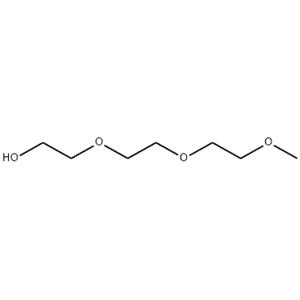
Triethylene Glycol Monomethyl Ether NEW
| Price | Get Latest Price |
| Package | 1drum |
| Min. Order: | 200drum |
| Supply Ability: | 20000 |
| Update Time: | 2025-05-23 |
Product Details
| Product Name: Triethylene Glycol Monomethyl Ether | CAS No.: 112-35-6 |
| EC-No.: 203-962-1 | Min. Order: 200drum |
| Purity: 99% | Supply Ability: 20000 |
| Release date: 2025/05/23 |
Triethylene glycol methyl ether (CAS No. 112-35-6), also known as triglyme methyl ether or 2-(2-(2-Methoxyethoxy)ethoxy)ethanol, is a high-boiling, water-miscible organic solvent with a flexible ether-oxygen chain. Its unique properties—such as low volatility, good solvency for polar and nonpolar substances, and thermal stability—make it valuable in various industrial and scientific applications. Below are its primary application fields:
1. Industrial Solvents and Cleaning Agents
Specialty Solvents:
Used in formulations for industrial cleaners, degreasers, and ink removers due to its ability to dissolve oils, resins, and polymers (e.g., acrylics, epoxies).
Effective in cleaning electronic components, precision machinery, and metal surfaces without leaving residues.
Paints and Coatings:
Acts as a coalescing agent in water-based paints to improve film formation by enhancing the miscibility of polymer particles, reducing cracking and improving adhesion.
2. Lithium-Ion Battery Manufacturing
Electrolyte Formulation:
Serves as a co-solvent in lithium-ion battery electrolytes to adjust viscosity, conductivity, and compatibility with lithium salts (e.g., LiPF?, LiBF?).
Enhances the stability of the solid electrolyte interface (SEI) layer, improving battery cycle life and safety.
Solvent for Electrode Slurries:
Dissolves binders (e.g., PVDF) and conductive additives in electrode manufacturing, ensuring uniform coating on copper/aluminum current collectors.
3. Polymer Synthesis and Processing
Reactive Diluent:
Dilutes high-viscosity resins (e.g., epoxy, polyurethane) in adhesive and coating formulations, improving processability during casting, spraying, or lamination.
Plasticizers and Softeners:
Imparts flexibility to polymers (e.g., PVC, polyethylene) by interacting with polymer chains, reducing brittleness without significantly altering thermal properties.
4. Pharmaceutical and Cosmetic Industries
Pharmaceutical Solvents:
Used as a solubilizer or co-solvent in liquid pharmaceuticals (e.g., oral solutions, injectables) due to its low toxicity and compatibility with water and organic phases.
Cosmetic Formulations:
Incorporates into creams, lotions, and hair care products as a humectant and emollient, improving product texture and moisture retention.
5. Agricultural Chemicals
Pesticide Formulations:
Enhances the solubility of active ingredients (e.g., herbicides, insecticides) in aqueous or oil-based formulations, ensuring uniform distribution and efficacy.
Fertilizer Additives:
Improves the miscibility of liquid fertilizers with water, facilitating absorption by plants and reducing precipitation.
6. Heat Transfer and Cooling Systems
High-Temperature Fluids:
Used as a heat transfer fluid in industrial systems due to its high boiling point (~275°C) and thermal stability, suitable for applications requiring low volatility at elevated temperatures.
Coolant Additives:
Blended with water or glycols to adjust freezing points and enhance heat dissipation in automotive and industrial cooling systems.
Electronics and Semiconductor Manufacturing
Cleaning in Semiconductor Fabrication:
Removes photoresist residues and contaminants in photolithography processes, meeting strict purity requirements for semiconductor production.
Solvent for Conductive Inks:
Dissolves metal nanoparticles (e.g., silver, copper) in printable electronics for flexible displays, sensors, and RFID tags.
8. Chemical Synthesis and Catalysis
Reaction Solvent:
Supports organic synthesis reactions (e.g., Grignard reactions, esterifications) as a polar aprotic solvent, facilitating nucleophilic substitutions and metal-catalyzed processes.
Catalyst Carrier:
Stabilizes homogeneous catalysts (e.g., transition metal complexes) in polymerization or crosslinking reactions.
9. Textile and Leather Processing
Dyeing and Printing Aids:
Improves dye penetration and color uniformity in textile dyeing by enhancing the solubility of dyes and reducing fiber swelling.
Leather Tanning:
Used in tanning baths to dissolve tanning agents (e.g., chromium salts) and improve the softness and durability of leather.
Key Properties Enabling Its Use:
Hydrophilic-Lipophilic Balance: Miscible with water and many organic solvents, enabling versatile formulation.
High Boiling Point: Suitable for high-temperature applications without excessive evaporation.
Low Toxicity: Relatively safe for industrial use (always follow SDS guidelines for handling).
Chemical Inertness: Stable under most processing conditions, reducing reactivity with sensitive materials.
Company Profile Introduction
You may like
Recommended supplier
| Product name | Price | Suppliers | Update time | |
|---|---|---|---|---|
| $0.00/1KG |
VIP3Y
|
Hebei Chuanghai Biotechnology Co., Ltd
|
2024-10-28 | |
| $1.00/1KG |
VIP7Y
|
Hebei Chuanghai Biotechnology Co., Ltd
|
2024-10-24 | |
| $5.00/1KG |
VIP4Y
|
Hebei Chuanghai Biotechnology Co,.LTD
|
2024-08-20 | |
| $6.00/1kg |
VIP1Y
|
HebeiShuoshengImportandExportco.,Ltd
|
2024-08-08 | |
| $85.00/1kg |
Hebei Zhuanglai Chemical Trading Co.,Ltd
|
2024-05-22 | ||
| $6.00/1kg |
Hebei Longbang Technology Co., Ltd
|
2024-04-30 | ||
| $6.00/1KG |
Hebei Saisier Technology Co., LTD
|
2024-04-18 | ||
| $5.00/1KG |
VIP2Y
|
Henan Fengda Chemical Co., Ltd
|
2024-03-26 | |
| $0.00/1kg |
Hebei Jingbo New Material Technology Co., Ltd
|
2023-12-08 | ||
| $30.00/1kg |
VIP5Y
|
Hebei Yanxi Chemical Co., Ltd.
|
2023-09-13 |
+86-13326525647
catherina@yunjianmaoyi.com




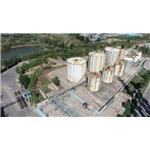

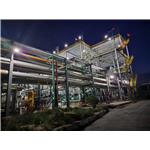
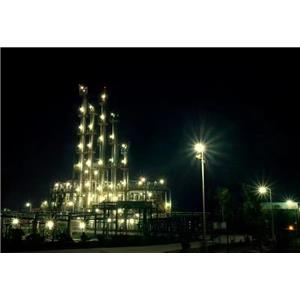
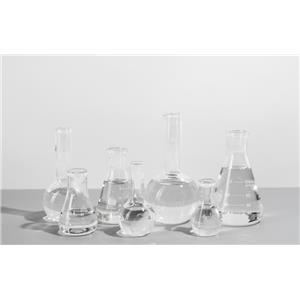
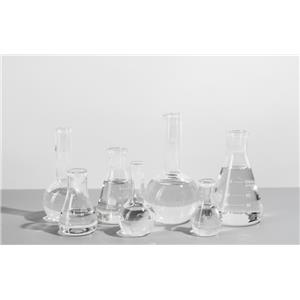

 China
China